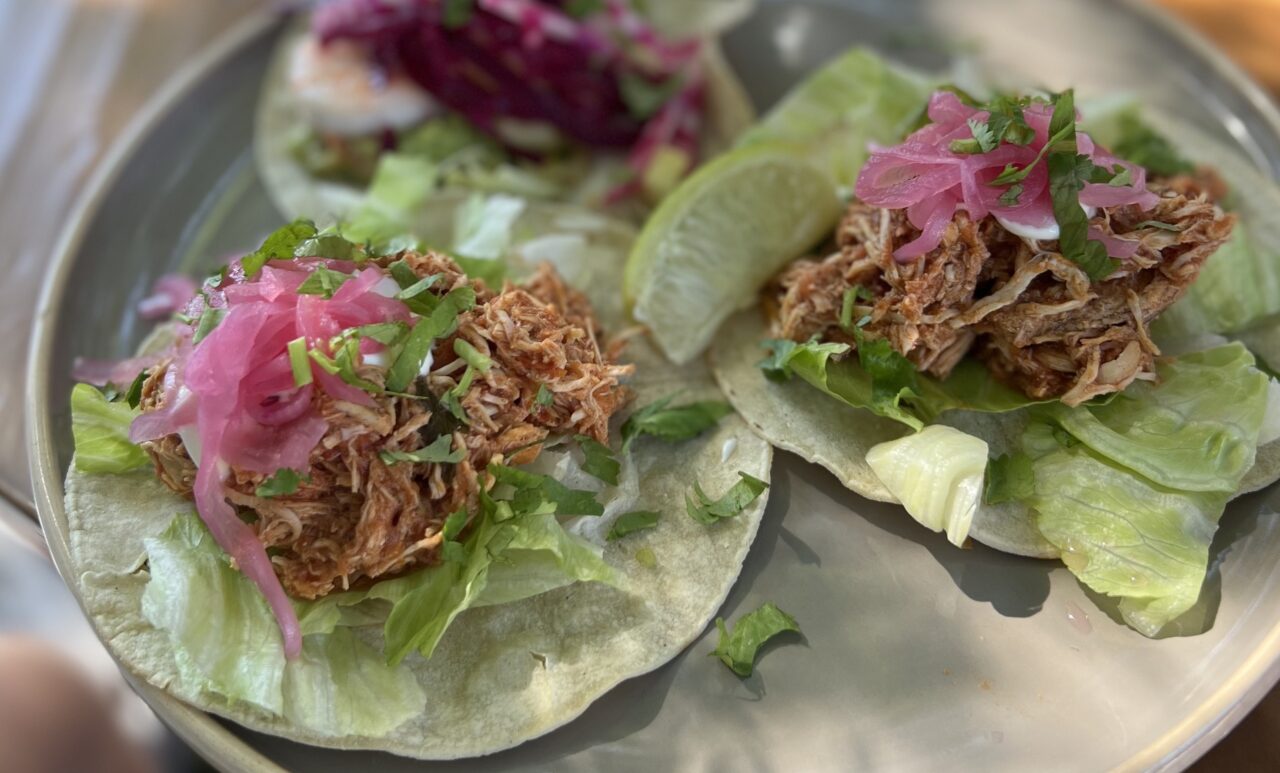When you’re done with the holiday’s it’s time to get on track and start to eat for more lean muscle.
Jumping right into it — in week 1-4 you’re going to use all the extra calories you’ve consumed to build some muscle. Coming into this program in a calorie surplus will serve as an advantage as the first weeks of the program focus’ on strength-building and mass-building. Believe it or not, you still will consume a decent amount of carbohydrates to recover from the day-to-day assault on your body, especially from Monday through Thursday, which are both heavily loaded, lower body days.
Related: 6 steps to starting a new diet that works for you
Phase 1: Building Strength and Mass (Weeks 1-4)
During the first four weeks, you’ll focus on converting those extra holiday calories into muscle. The key is to support your intense strength-training sessions with a nutrient-rich diet that includes a significant amount of carbohydrates to aid recovery. This is especially crucial from Monday to Thursday when the training regimen focuses heavily on lower body exercises.
Sample Diet for Phase 1:
- Calories: 2,800-2,500 (for a target body weight of 170-180 lbs.)
- Macronutrients: High in carbohydrates and proteins with moderate fats to support muscle recovery and growth.
- Example Meals:
- Breakfast: Oatmeal with whey protein, almonds, and blueberries.
- Lunch: Grilled chicken breast with quinoa and steamed vegetables.
- Dinner: Lean beef stir-fry with brown rice and assorted vegetables.
- Snacks: Greek yogurt with honey and mixed nuts.
Phase 2: Initiating Fat Loss (Weeks 5-6)
As you transition into weeks 5 and 6, the focus shifts towards sculpting the body by stripping away fat to reveal the muscle gains. It’s a gradual reduction in calorie intake, not a drastic cut, to ensure you continue to recover adequately. Carbohydrates are reduced but not eliminated, reflecting a shift towards more moderate consumption.
Sample Diet for Phase 2:
- Calories: 2,500-2,250
- Macronutrients: Moderate carbohydrates, high proteins, and slightly increased fats to start tapping into fat stores while maintaining muscle mass.
- Example Meals:
- Breakfast: Scrambled eggs with spinach and whole-grain toast.
- Lunch: Turkey and avocado wrap with whole-grain tortilla.
- Dinner: Grilled salmon with sweet potato and asparagus.
- Snacks: Cottage cheese with sliced peaches.
Phase 3: Maximum Fat Loss (Weeks 7-8)
In the final phase, you enter full fat-burn mode. Caloric intake is reduced further, and carbohydrates are scaled down to push the body into using stored fat for energy. Fats are kept stable to support hormone levels critical for maintaining health during caloric deficits. This phase challenges your endurance and willpower but sets the stage for dramatic visual changes.
Sample Diet for Phase 3:
- Calories: Approximately 2,000
- Macronutrients: Low carbohydrates, high proteins, and maintained fats to optimize fat loss while preventing muscle loss.
- Example Meals:
- Breakfast: Protein shake with unsweetened almond milk and a spoonful of peanut butter.
- Lunch: Chicken salad with mixed greens, olive oil, and vinegar.
- Dinner: Beef and vegetable stir-fry with minimal oil.
- Snacks: Hard-boiled eggs or a handful of nuts.
The Last Bite
Transitioning through these phases allows for sustainable muscle gain and effective fat loss, adapting as your body progresses. Each phase builds on the last, ensuring that you not only gain muscle mass but also enhance your overall physique by shedding excess fat. Remember, the key to success in achieving a strong and lean body by 2025 is to eat for more lean muscle.
Be sure to consult with a nutritionist to tailor these guidelines to your specific needs, and ensure your diet aligns with your workout intensity and personal health goals.

